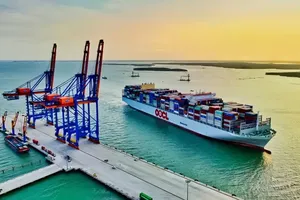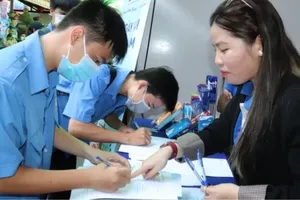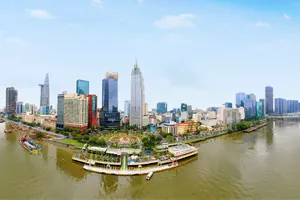Ho Chi Minh City’s economy in the first quarter this year saw some encouraging signs of growth, but a serious labor shortage and high lending interest rates continue to plague the city.
Industry, agriculture and service sectors have seen good performances so far this year, said Thai Van Re, director of the city Department of Planning and Investment.
He made the statement at a March 29 meeting of the city People’s Committee to review economic performance in 2010 and discuss measures to boost growth.
Industrial output rises sharply
Industrial output in the first quarter of 2010 increased by 17.3 percent from a year earlier. Such expansion is significant, since the output in the first quarter of 2009 grew by just 1.9 percent over the same period in 2008.
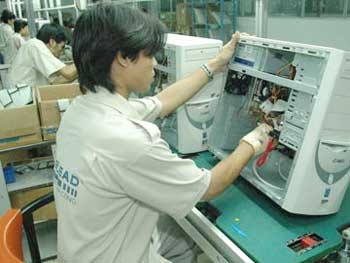
The performance contributed markedly to boosting HCMC’s first-quarter GDP to nearly VND74.2 trillion (US$3.9 billion), up 11 percent year on year.
The first quarter also saw many traffic infrastructure projects accelerated, Mr. Re said. For example, the first phase of the Thu Thiem Bridge has now been completed; several bridges on the North-South axis have been opened to traffic; and the first phases have been completed on Nguyen Van Troi, Nam Ky Khoi Nghia, and Nguyen Huu Tho streets, along with Cat Lai intersection.
In addition, the city is preparing to launch other projects including the expansion of the Hanoi Highway, Saigon Bridge 2 and Do Bridge; and installing the second section of the Thu Thiem tunnel.
Saigon Industries Corp. is working on a VND233 billion ($12.26 million) project to build a plant for manufacturing technical rubber parts and will invest VND125 billion in another project for production of rubber threads later this year.
Saigon Transport Engineering Corp. also reported that it would build a plant for manufacturing trucks at the end of the second quarter.
Dearth of workers
Despite the promising start to the year, HCMC is suffering a severe labor shortage that threatens to leave some socioeconomic development goals unfulfilled this year.
Dr. Tran Du Lich, deputy head of the HCMC National Assembly deputy delegation, voiced concern about the lack of employees in many industries.
“As far as I know, there is a factory that now lacks as many as 50,000 workers,” he said.
There is one city factory that now lacks as many as 50,000 workers, he said.
Le Thanh Tam, director of the Department of Labor, War Invalids and Social Affairs, said the city needs around 100,000 more workers, half of which are required by the garment sector.
City People’s Committee Chairman Le Hoang Quan asked the department to provide more information on the situation, emphasizing that laborers should not be blamed. Instead, employers should re-evaluate how they compensate and treat their workers, he said.
According to Mr. Tam, “a large number of employees have not resumed work after the last Tet (lunar New Year holidays in February) mainly due to low salaries, which are now about VND1.7-1.8 million per month. Living costs, meanwhile, including house rent and electricity, have increased.
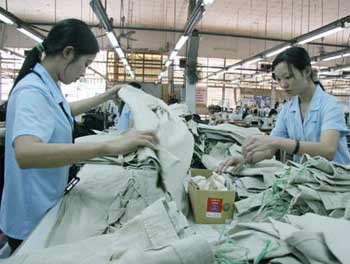
“In such conditions, many workers cannot afford the costly price of living in the city and have no other choice but to stay in their hometowns,” he said.
City enterprises have also been accused of not providing employees with adequate job training.
Mr. Quan asked, “What will the department do to improve the situation? And is there a need to import workers?”
In response, Mr. Tam said, “It is not time to import workers. The best solution now is to raise wages for employees based on mutual agreement between workers and employers.”
Mr. Quan ordered the department to review the city’s policy on recruitment and employment and work with authorities to tackle the labor shortage.
Interest rate subsidies discussed
Some delegates at the meeting raised the issue of businesses suffering higher input costs that undermine their profits.
Nguyen Thi Hanh, general director of Saigon Co.op said: “Although our sales growth was relatively high in the first quarter, our profit is likely to be less than that of a year earlier.
“Many input expenses, especially lending interest rates, have sharply increased, putting a great burden on businesses,” she said.
Nguyen Tien Dung, chairman of the Management Board of the Saigon Transport Engineering Corp., agreed, saying the city should consider granting interest subsidies to businesses to help them maintain and expand operations.
In response to the proposal, Mr. Quan asked the Department of Planning and Investment and relevant agencies to take measures to boost the provision of capital, which is sourced from the city’s stimulus package, to businesses.




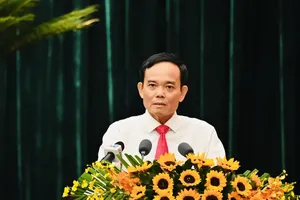
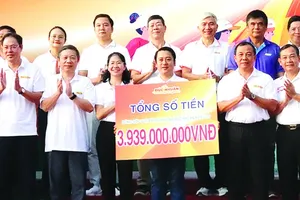
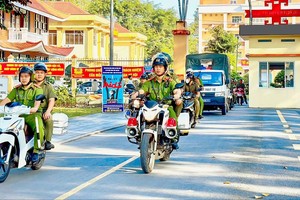

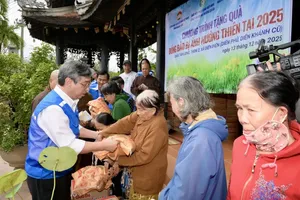


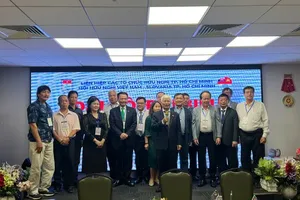
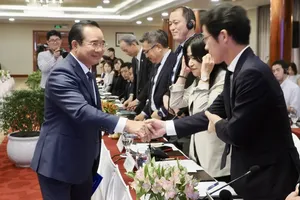
)
